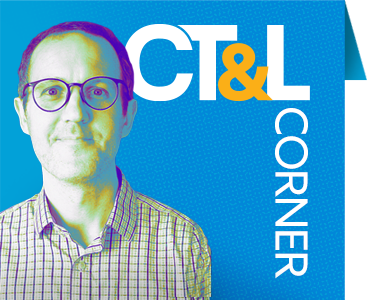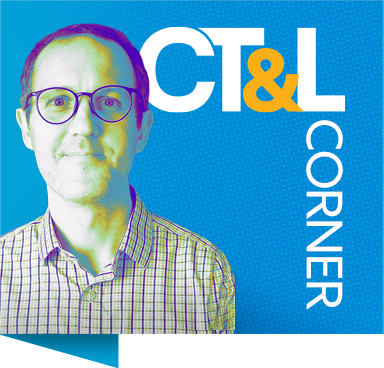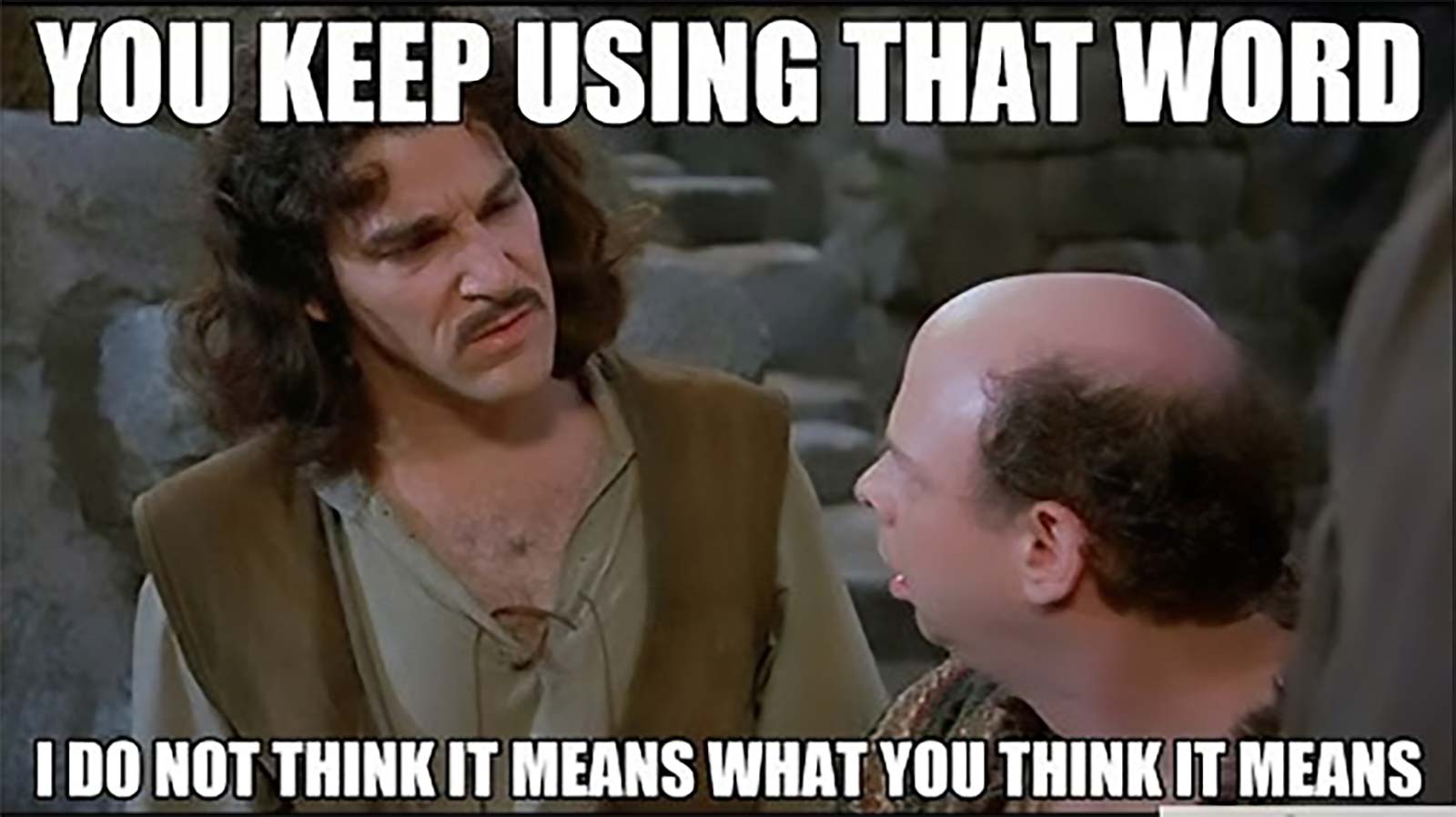We’re back with Vizzini and Inigo Montoya. Last time, we considered the nuances of the word ‘engagement.’ This time, we’re looking at a close relative of engagement: participation. Some people may even see the two as somewhat interchangeable. To others, participation seems like a clear case of “you see it or you don’t.” At the same time, participation often operates as a ‘fudge factor’ in grading, with more engaged students (there’s that word again…) getting the benefit of the doubt in close grade decisions (adjusting a B+ to an A-, for example).
The practice of participation grading is its own discussion (see this post from James Lang in the Chronicle of Higher Ed). As we did with engagement, we are going to ask what participation is, what it looks like, and how we might think of it differently. Participation is often defined through a narrow set of behaviors: a student raises their hand to ask/answer a question, for example. We learn what one student thinks. In a class with 10 students, this is a 10% participation rate. On the other hand, in a situation where we ask students to ask/answer questions in writing and discuss their answers with a partner, we’ve engaged them in two tasks with a participation rate of 100%.
This summer, a group of faculty and I are reading Let’s Talk About Critique: Reimagining Art and Design Education (Armstrong & Doren, 2023). Yet, we are not doing the usual book club thing. Instead of reading on our own and meeting to talk about it, we’re using an online platform called Perusall. Utilizing an e-book, participants can comment by highlighting passages of the text and can also respond to other participants’ comments/questions. We’ll still read on our own, but we have access to comments, questions, as well as an outlet to share our own questions with our peers. The reading (and comments) are asynchronous, but they count as participation.
This is not a paid advertisement for Perusall, but my underlying point (think flexibly about what participation is/looks like) remains. The book itself (“Let’s Talk About Critique”) features dozens of unique approaches to what can seem like a traditional practice. Whether it’s having students write their responses (more feedback, without the social anxiety), having students draw their responses, or having students act out their responses, the processes in the book engage both the students giving and the students receiving critique/feedback.
Thinking more flexibly about what participation looks like may also have us think more flexibly about how we assess participation. One idea might be not to grade participation at all. Other ideas might be formulating ideas/goals around participation in conversation with your students. Regardless of strategy, being willing to reflect (What kind of participation do we want to see?) and considering how you can adapt your pedagogy accordingly (How might I create conditions for more participation?) are meaningful steps you can take. Another step you can always take is to reach out with any questions, concerns, or wild ideas you have about participation. You can reach me at asmith@pcad.edu



